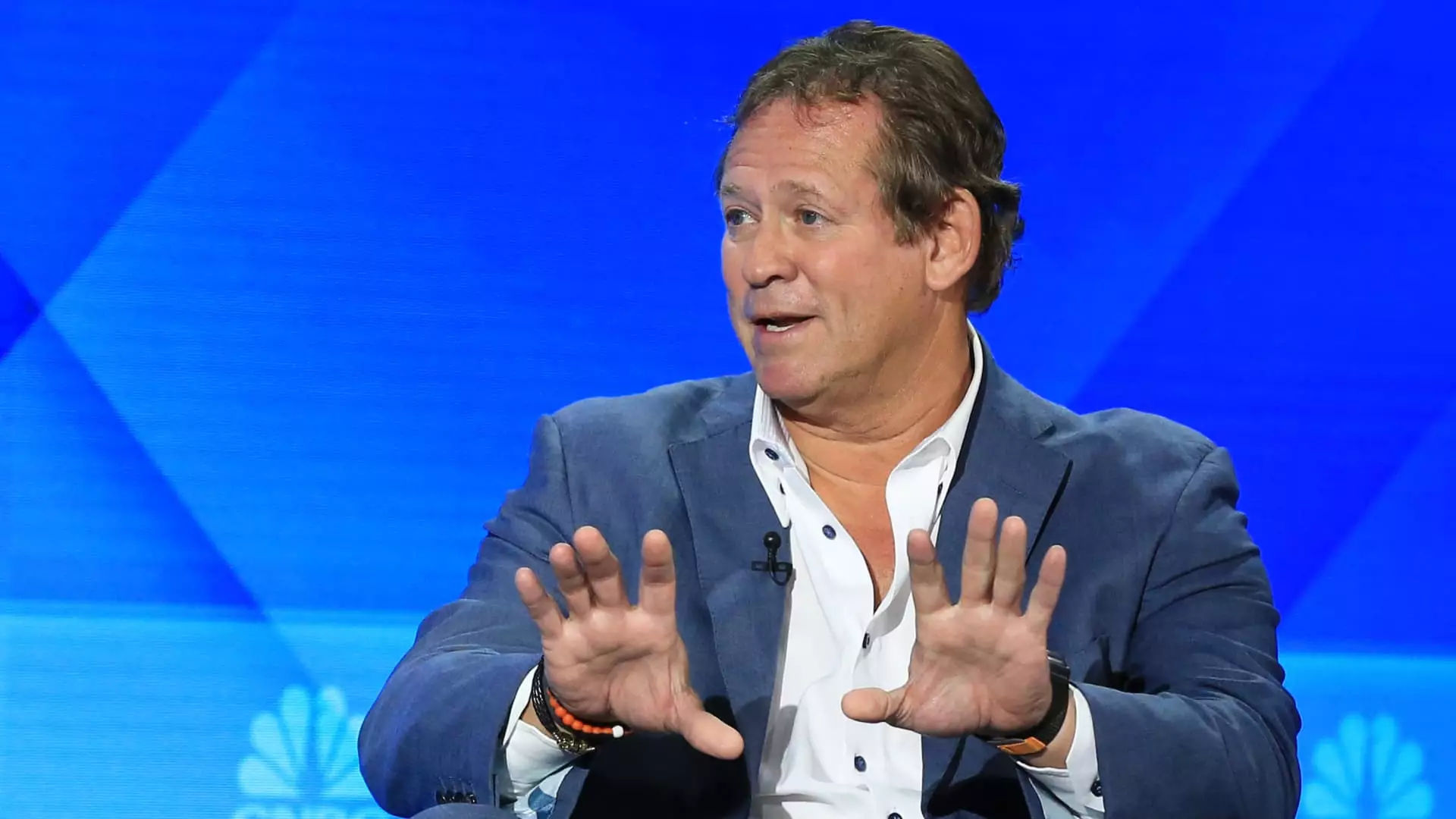After years shackled by ultra-low interest rates, bond investors are finally staring at a landscape ripe with potential—and yet, too many remain hesitant or misinformed. BlackRock’s Rick Rieder, a seasoned authority in global fixed income, isn’t mincing words: the current high yield environment represents a genuine “generational opportunity.” But it’s vital to understand why this moment stands apart and why complacency could prove costly. For two decades, the bond market offered meager returns, forcing many yield-hungry investors to chase riskier assets or settle for subpar income. The abrupt end to this era of cheap money with rate hikes ending in 2022 has flipped the narrative. Suddenly, fixed income is delivering coupons that can no longer be taken for granted—and these payouts matter more than ever before.
Rethinking Bonds as Portfolio Anchors
Traditionally, bonds weren’t just about income—they were about protection. The idea was simple: when stocks sputter, bonds appreciate due to their duration sensitivity, cushioning portfolios against volatility. Yet that paradigm has shifted dramatically. Rieder highlights a sobering reality: duration, the core mechanism behind bond price sensitivity to rate changes, has lost much of its reliability as a hedge. With duration’s hedging power diminished by the recent sharp changes in interest rate expectations, investors can no longer count on bonds to smooth out equity downturns as in the past. Instead, it’s the consistent income from high coupon payments that now offers a compelling form of resilience. Essentially, cash flows from bonds can serve as a financial buffer even when prices wobble—something investors must internalize.
The Dialogue on Risk: Why Caution Is Still Warranted
Amid the enthusiasm, it’s crucial not to confuse opportunity with recklessness. Rieder stresses that the attractive yields don’t require debt-laden companies trading on the edge of default. Rather, many firms have responsibly deleveraged post-pandemic, improving balance sheets and lowering credit risk. Still, this is no invitation for blind risk-taking. The bond market is complex, and to secure the rewards, investors must navigate the fine line between quality credit and juicy yields. The choice to tilt toward high-yield bonds or agency mortgage-backed securities (MBS)—known for their liquidity and relative safety compared to corporate debt—reflects a savvy approach to distilling income without succumbing to excessive risk.
The Global Dimension: Why Currency Matters More Than Ever
One often overlooked aspect in fixed income is the cross-currency swap advantage for U.S. dollar investors venturing into European bonds. According to Rieder, this mechanism is delivering a 2% to 2.5% yield boost—a windfall rarely seen in previous decades. This is not a fringe benefit but a game-changer, opening doors toward peripheral European sovereign debt like Spain and Italy, which are currently offering compelling yields without the specter of rampant new supply. It reveals a nuanced yet powerful dynamic where globalization of fixed income markets can augment yield and diversify risk—something too many investors underestimate or fail to explore.
Market Risks Remain Under the Surface
Despite the allure, the bond market is not without significant headwinds. The rising U.S. federal deficit is a potent source of volatility, often eclipsed in media discussions dominated by inflation or central bank signaling. The Treasury’s May deficit of $316 billion is a stark reminder that government borrowing pressures are intensifying. This forces ongoing issuance of Treasury securities, keeping long-end rates nervously sensitive and prone to sudden swings. While Rieder believes inflation ultimately will decline, he remains cautious on timing—acknowledging that the road to normalization could be bumpier than many expect. The prospect that debt burdens might outpace inflation control remains a genuine threat lurking beneath the surface.
Technology as a Double-Edged Sword for Fixed Income
Rieder’s optimism about a technological revolution driving productivity and lowering inflation is well-founded but deserves a deeper look. The anticipated surge in innovation might indeed bring cost efficiencies and dampen price pressures over time. However, in the short to medium term, the transition carries uncertainty—capital expenditures could get deferred amid tariff wars and geopolitical tensions, constraining growth spurts. CEO caution related to trade policies, especially the unpredictable stance of the U.S. administration on tariffs, injects ambiguity into forecasting. Hence, the optimism for a solid second half of the year must be tempered by awareness that external shocks and policy unpredictability could reignite volatility in fixed income markets.
Where the Yield Lies: Strategic Allocations in the New Environment
Investors should discard old biases toward investment-grade bonds as the default “safe” income choice. Rieder has deliberately reduced exposure there, favoring instead the “front and belly” of the curve—for those unfamiliar, these are shorter- and medium-term maturities offering more palate for yield without excessive risk. The iShares Flexible Income Active ETF’s composition is emblematic of this shift: heavy in securitized products, including commercial mortgage-backed and non-agency mortgage-backed securities, which balance yield and liquidity effectively. This strategy underscores how fixed income investing in 2024 is less about knee-jerk safety and more about tactical extraction of income from diversified, sometimes overlooked sectors.
A Call for Discipline in the Changing Tide
What emerges from Rieder’s insights is a compelling but cautionary tale: the bond market is throwing up opportunities that won’t last, but neither will the old rules reliably apply. Investors must innovate their approach, marrying yield-seeking with stringent credit scrutiny and global diversification. The risk of complacency or strict adherence to outdated paradigms could leave portfolios exposed in an environment that demands nimbleness. Ironically, it’s only through embracing complexity and disciplined risk management that investors will truly harness the “generational” potential unfolding now. Ignoring this moment—or worse, blindly chasing yields without understanding the evolving market mechanics—is to flirt with subpar returns or worse, unexpected losses. The time for insightful, agile, center-right liberalism investing attitudes is now—balancing optimism for growth with pragmatic caution.


Leave a Reply